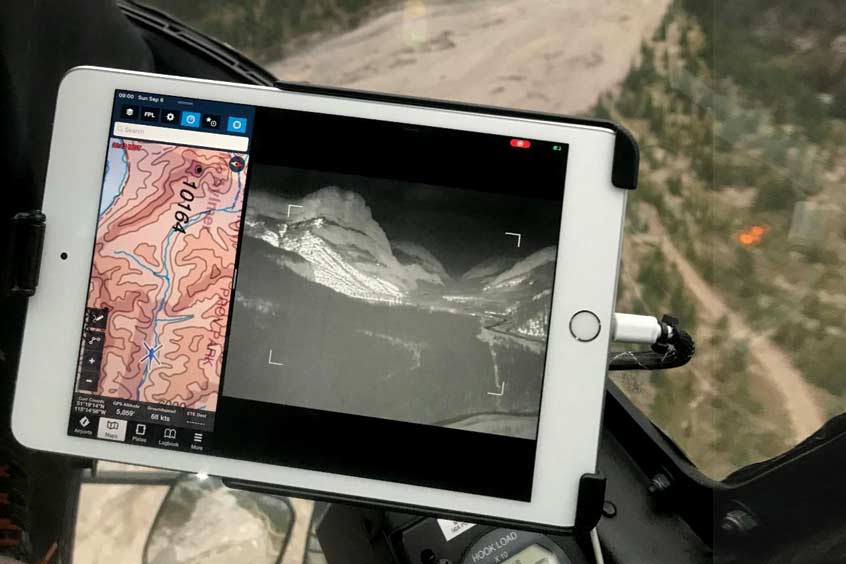ACE 2026 - The home of global charter.
 The bimonthly news publication for aviation professionals.
The bimonthly news publication for aviation professionals.

Astronics Corporation, a provider of advanced technologies for the global aerospace, defence and other mission critical industries, has had its Max-Viz 1400 and 1200 enhanced vision systems (EVS) for Airbus Helicopter's AS350 Écureuil approved by the FAA and TCCA.
In cooperation with AVIO in Calgary, Astronics obtained the STC for its Max‑Viz 1400 and 1200 EVS from the FAA and Transport Canada for approved models: the Airbus Écureuil AS350B, AS350B1, AS350B2, AS350B3, AS350BA and AS350BD.
“Our EVS is perfectly suited for aerial firefighting, heli-skiing, SAR and utility operations,” states Tom Geiger, Max-Viz business unit director for Astronics. “The Astronics Max-Viz technology provides pilots with an unprecedented level of situational awareness and safety. We worked closely with AVIO dg to get this terrific technology approved for daily missions on AS350s.”
The Max-Viz 1200 and 1400 systems are lightweight, solid-state, low power and feature an uncooled thermal camera. The sensor image displays on any cockpit equipment that accepts NTSC or PAL/analogue RS-170 video signals, including MFDs (multi-function displays), PFDs (primary flight displays) or on standalone displays depending on aircraft configurations.
The EVS provides improved safety through enhanced vision, enabling pilots to see more precisely in adverse weather conditions, such as haze, smoke, smog and light fog, even on the darkest night. In addition, pilots can detect and avoid clouds for a smoother ride. While landing, pilots using the Max-Viz EVS can identify the runway and view the terrain clearly to avoid wildlife and unlit obstructions.
The FAA permits properly equipped aircraft to fly certain Instrument Flight Rule (IFR) approaches to landing, in lieu of natural vision. Of the over 3,500 installed Astronics Max-Vis EVS systems, approximately 60 per cent are on fixed-wing general aviation aircraft and 40 per cent are operating on rotor wing aircraft.